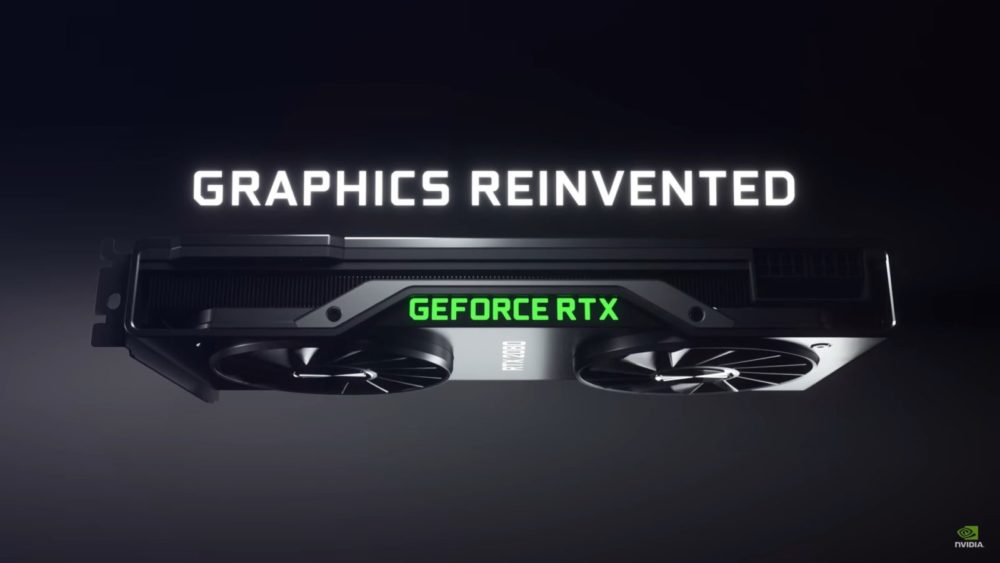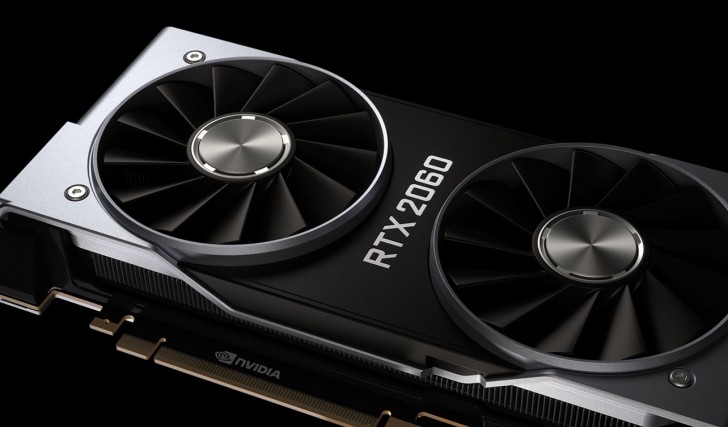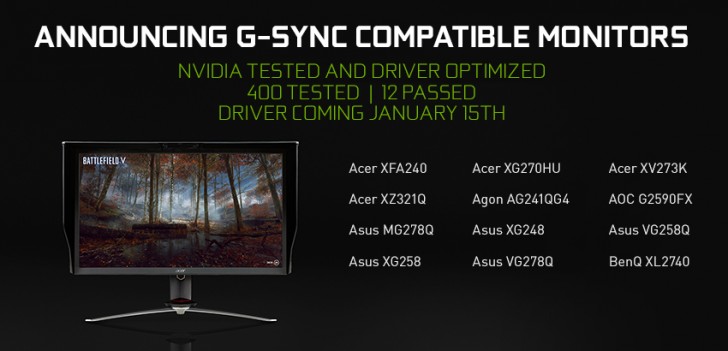After launching the much awaited but badly received RTX 2000 series cards, Nvidia is finally taking the covers off the more affordable RTX 2060.
The new RTX 2060 is supposed to be the go-to option for most gamers according to Nvidia, thanks to its lower price ($350 for Founder’s Edition). This also makes it the cheapest RTX 2000 series card yet.
ARVE Error: src mismatchprovider: youtube
url: https://www.youtube.com/embed/BFPweXoKZEI
src in org: https://www.youtube-nocookie.com/embed/BFPweXoKZEI?feature=oembed&modestbranding=0&showinfo=0&rel=0&autoplay=1
src in mod: https://www.youtube-nocookie.com/embed/BFPweXoKZEI?modestbranding=0&showinfo=0&rel=0&autoplay=1
src gen org: https://www.youtube-nocookie.com/embed/BFPweXoKZEI
Unlike its more powerful 2070, 2080 siblings, the RTX 2060 is not based on a unique, separate GPU. Instead, Nvidia used the same TU106 GPU used in the RTX 2070 on the RTX 2060 but toned it down a bit.
Going into the specifics, the 2060 will come with 37 RTX cores and 1920 CUDA cores. Contrary to the popular opinion that RTX 2060 won’t be capable of ray tracing, Nvidia did add ray tracing to it. It will be able to manage 5 Giga rays/second or just 1 less than the 2070’s 6 Giga rays/second.
With RTX 2070 being barely good enough to qualify for ray tracing, it’ll be interesting to see how the RTX 2060 holds up.
RTX 2060 will have a base clock of 1365MHz, going up to 1680MHz on boost, with 6 GB GDDR6 memory and a 192-bit bus. Its TDP is set at 160W, which is around the same ballpark as the older GTX 1060.
Speaking of, Nvidia says that the RTX 2060 is about 60% faster than the GTX 1060, and should perform about the same as a 1070 Ti.
This seems like a tall claim, especially when the RTX 2070 performs about the same as a GTX 1080 with a marginal difference between games. You should expect it to be around GTX 1070 in terms of power until actual benchmarks prove otherwise.
It will go on sale on January 15 and will be available through various OEMs and as a Founder’s Edition card starting at $350.
Adaptive-Sync Support Added
Nvidia also announced support for VESA DisplayPort Adaptive-Sync or in simple words, FreeSync monitors. Before this, only AMD supported these monitors using its VESA specification.
If the FreeSync monitors pass Nvidia’s validation tests, they will be labeled G-Sync compatible, with adaptive framerate enabled by default through Nvidia’s GeForce drivers.
Even if a monitor does not pass the validation tests, you will still be able to force adaptive framerates by enabling it through the driver options. FreeSync support will be added via an update on January 15th for GTX 1000 series and RTX series cards.
























2060 is about 350$ and in Pakistan, its the cost of 1060 3GB version!
2 lakh
2 lakh main to poora System aajaye ga, 2080 k saath!
$350 is around 40k